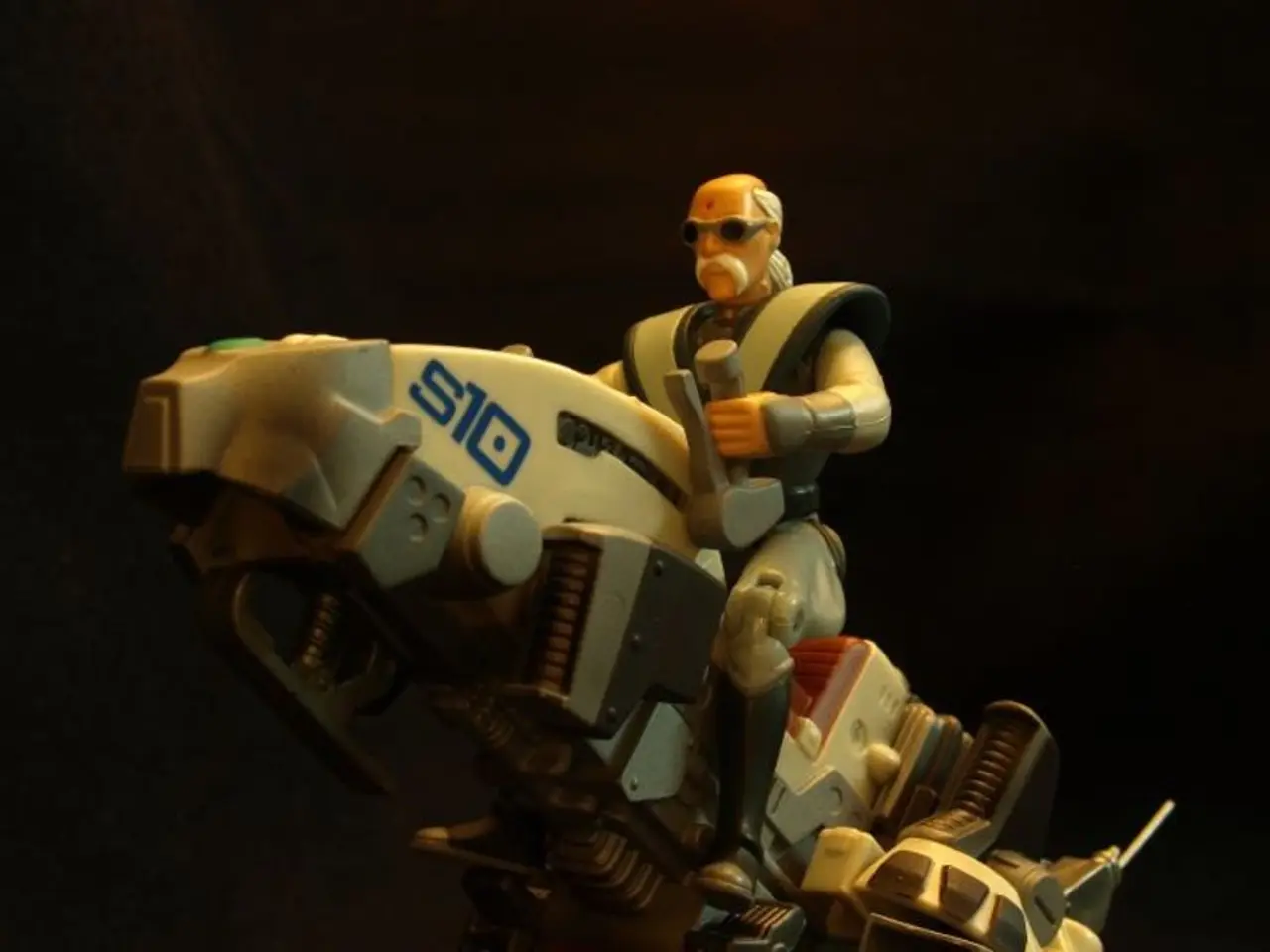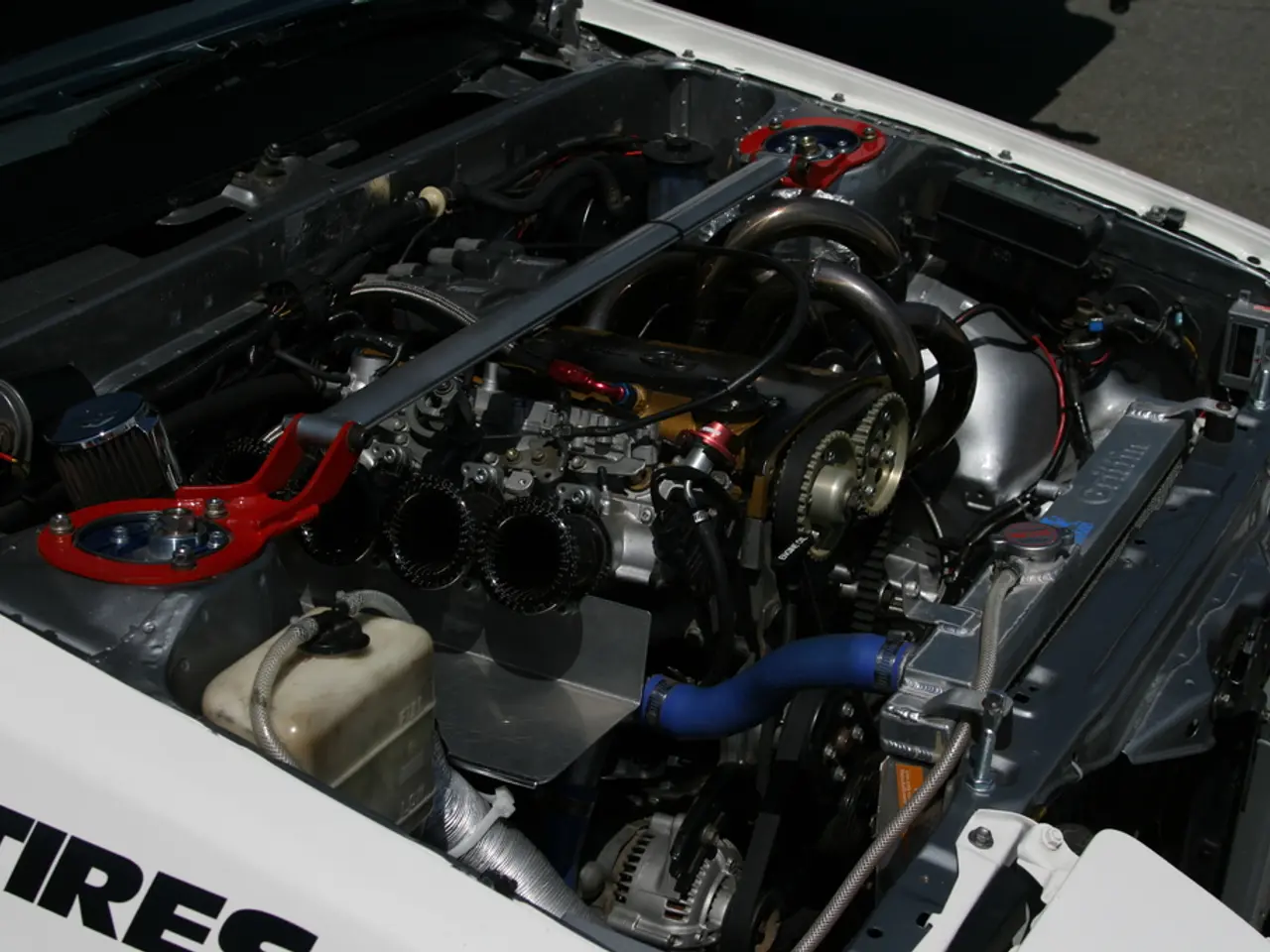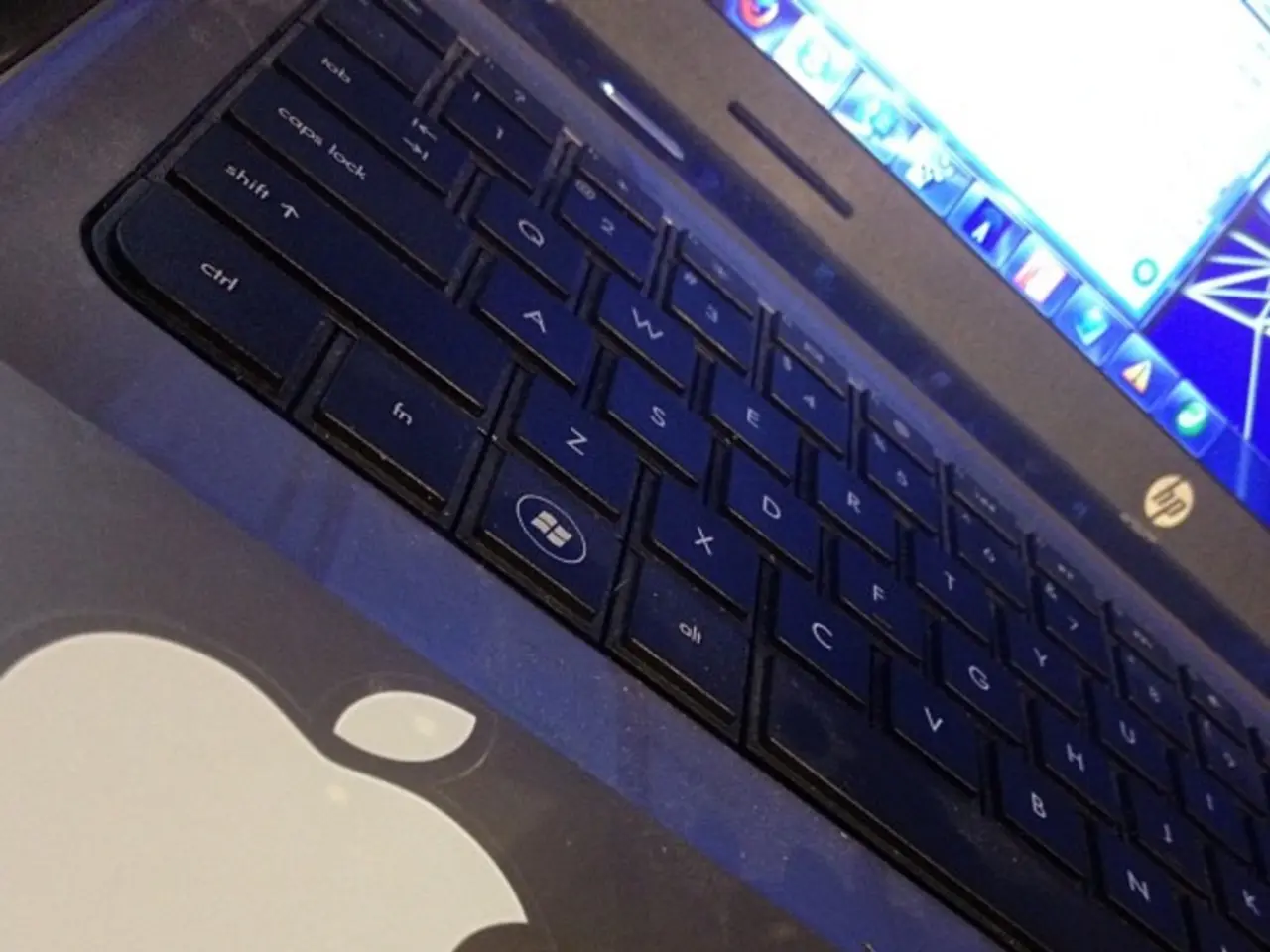Tesla's Autonomous Taxi: The Human Element in the A.I. Controversy - The Tesla Robo-Taxi Controversy Revealed
In the world of autonomous vehicles, Tesla's Robotaxi service has made a significant impact, but not without controversy. As of early July 2025, the service is operational in the San Francisco Bay Area and Austin, Texas.
Tesla CEO Elon Musk has emphasized safety and regulatory approval as priorities, projecting that the service could be available to about half the U.S. population by the end of 2025 [2]. In the Bay Area, Robotaxi rides operate with a human "safety monitor" present in the driver's seat due to California regulatory requirements, whereas in Austin, the Robotaxis run without a driver [2][3].
However, the initial rollout of Tesla's Robotaxi service has been perceived as a large-scale remote-control experiment on public roads, rather than a demonstration of AI prowess [1]. The service relies on remote human operators in the form of onboard safety drivers for teleoperation and supervision during rides [3].
The controversy surrounding Tesla's Robotaxi launch has tarnished the brand and cast a long shadow over the future of autonomous driving. By overstating the capabilities of its AI and failing to be transparent about its reliance on human remote control, Tesla has eroded the public trust that is essential for the acceptance of autonomous driving technology [4].
This reliance on human operators also raises questions about the safety and viability of Tesla's self-driving approach. The system is vulnerable to various cybersecurity threats, such as signal jamming and malicious hacking, that could have catastrophic consequences [5].
In contrast, a robust ecosystem of proven, specialized technology, such as NVIDIA's DRIVE platform and Omniverse, is being largely ignored by Tesla [6]. The combination of robust, specialized hardware with exhaustive simulation before widespread public deployment is a more conservative and arguably more responsible path to autonomy, compared to Tesla's approach [7].
The practice of using remote human operators, known as teleoperation, is a significant controversy for Tesla. This scandal may ultimately force a necessary course correction for the entire industry, prioritizing safety, transparency, and proven technology over the relentless pursuit of being first [8].
The revelation that Tesla's Robotaxi service relies on human operators fundamentally changes the perception of the service. Surveys show a sharp decline in public trust and an increase in the belief that self-driving technologies should be illegal due to the Robotaxi scandal [9].
In conclusion, Tesla's Robotaxi service, while operational in the San Francisco Bay Area and Austin, is not fully autonomous as it is being remotely controlled by human operators in some instances. The controversy surrounding its launch has raised significant questions about safety, transparency, and the responsible development of autonomous driving technology. The future of the Robotaxi project is now in question due to Tesla's choices and the risks associated with them.
- Despite Tesla's Robotaxi service currently operating in San Francisco Bay Area and Austin, Texas, industry experts question its autonomy due to reliance on human operators, casting doubts on the future of autonomous driving and prompting a call for safer, more transparent, and proven technology.
- In the realm of finance and investment, the controversy surrounding Tesla's Robotaxi and its reliance on human operators may pose a significant risk to the company's public image, potentially impacting its stock value and future funding opportunities in the technology sector.




